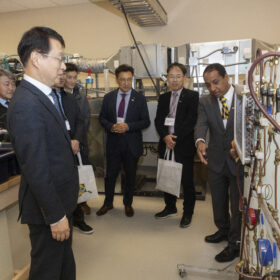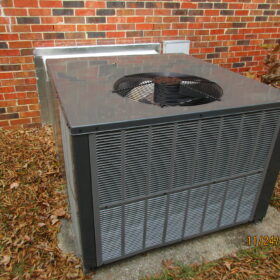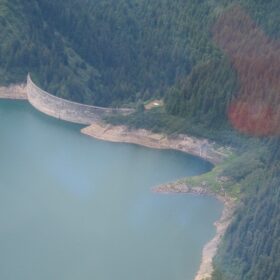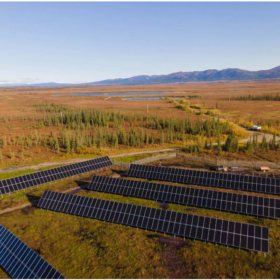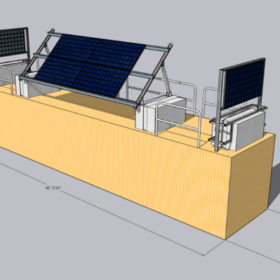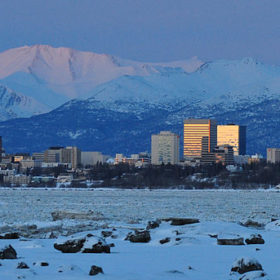LG targeting Alaska for heat pump deployment, research
LG has formed a partnership with the University of Alaska Anchorage to conduct lab research and perform real-world testing of heat pump technologies, with a particular focus on Alaska’s extreme temperatures.
Research shows heat pumps perform better than fossil fuel heating in mild cold climates
A British research group has aggregated information from seven field studies on heat pumps from around the world and has found air-source devices have an average coefficient of performance (COP) of 2.74 when temperatures are above −10 C. Below that, COP is between 1.5 and 2.
New study identifies 1,800 sites for pumped hydro storage in Alaska
Researchers at Argonne National Laboratory and the US National Renewable Energy Lab (NREL) have found that renewable energy can reduce the cost and emissions of electricity in remote parts of Alaska.
Deploying solar, storage, heat pumps in the Arctic
US researchers have conducted case studies on the successful deployment of distributed renewables in the state of Alaska. In one study, two cities installed 223.5 kW solar PV arrays coupled with 351 kWh batteries and 250 kW inverters, in addition to cold climate heat pumps.
Solar for extreme Arctic conditions
US researchers have installed a pilot 4.3 kW solar system at Oliktok Point, Alaska, north of the Arctic Circle. They want to determine which PV system designs and technologies are most efficient in extremely cold climates with limited sunlight.
ABB to provide microgrid solution to Alaska community
The Swiss technology company will provide a microgrid combining battery and flywheel storage technologies to improve energy stability for around 300,000 people near Anchorage, Alaska.
